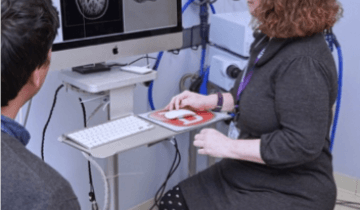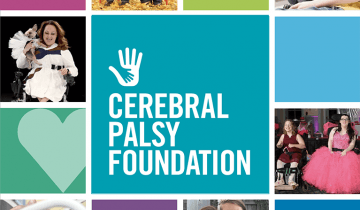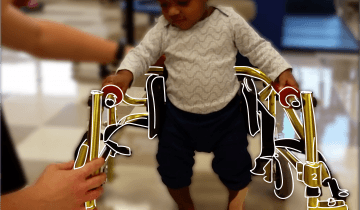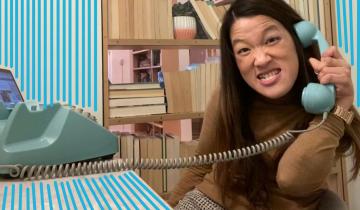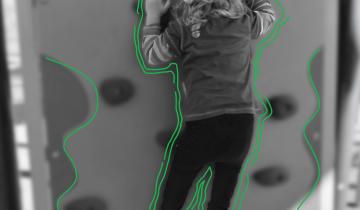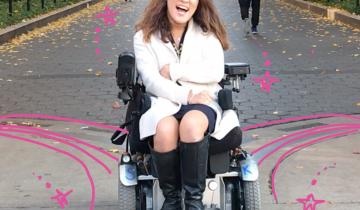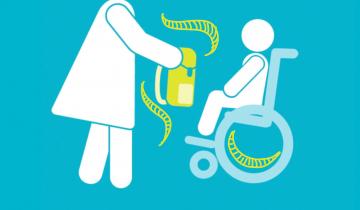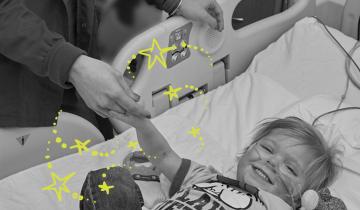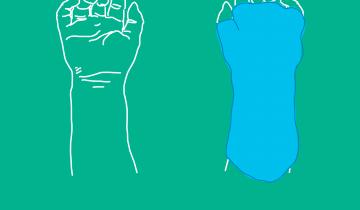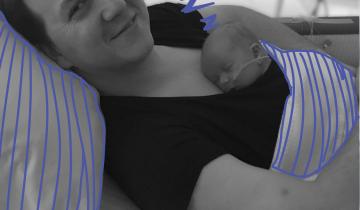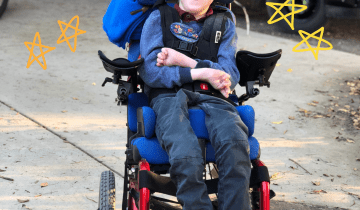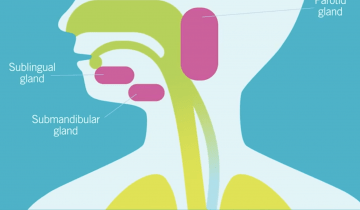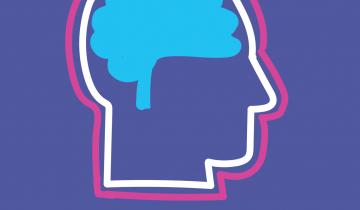Adopting and maintaining good personal hygiene and self-care habits are important for health, wellness, social acceptance, and the prevention of illness. Though having cerebral palsy does not cause poor hygiene, physical impairments associated with cerebral palsy can make routine hygiene habits difficult for individuals and their caregivers. This section looks at common hygiene and self-care issues that arise with cerebral palsy and offers insights, tools, and techniques that can help develop and maintain good habits.
